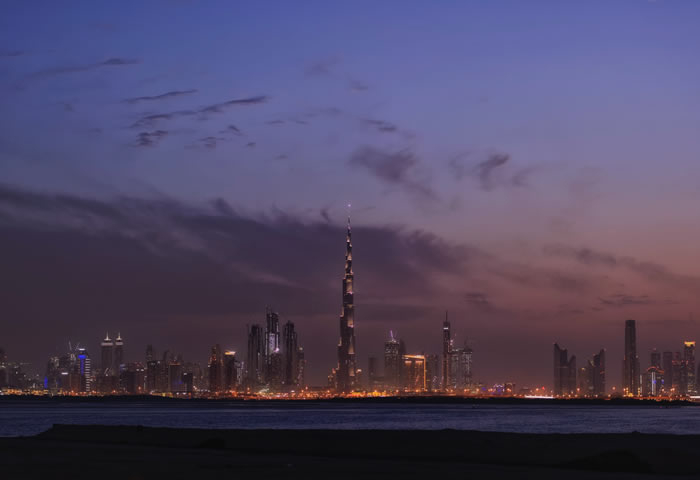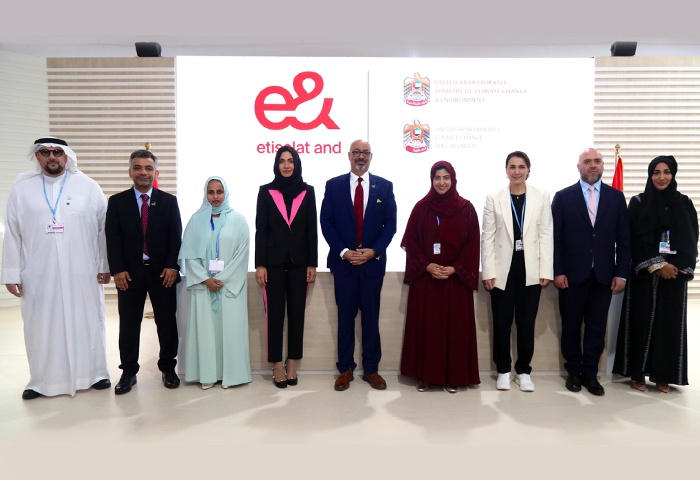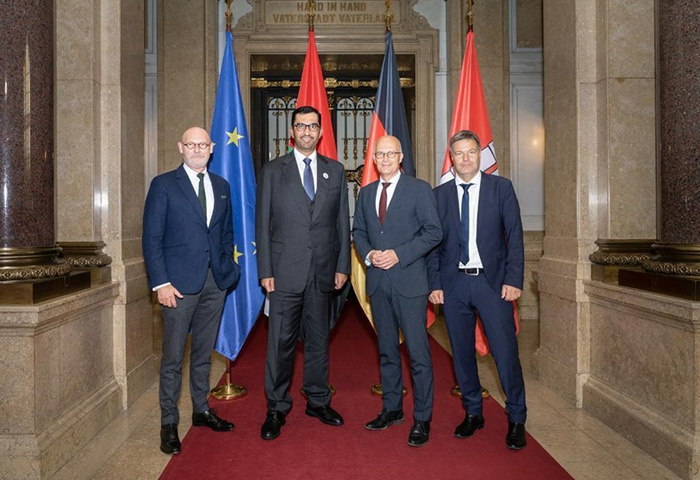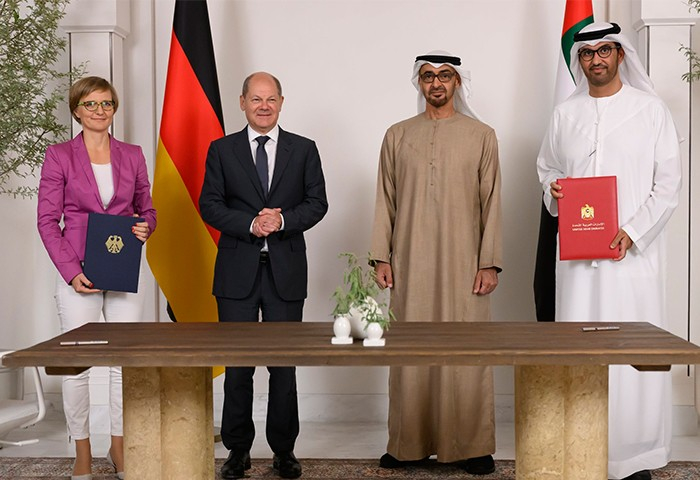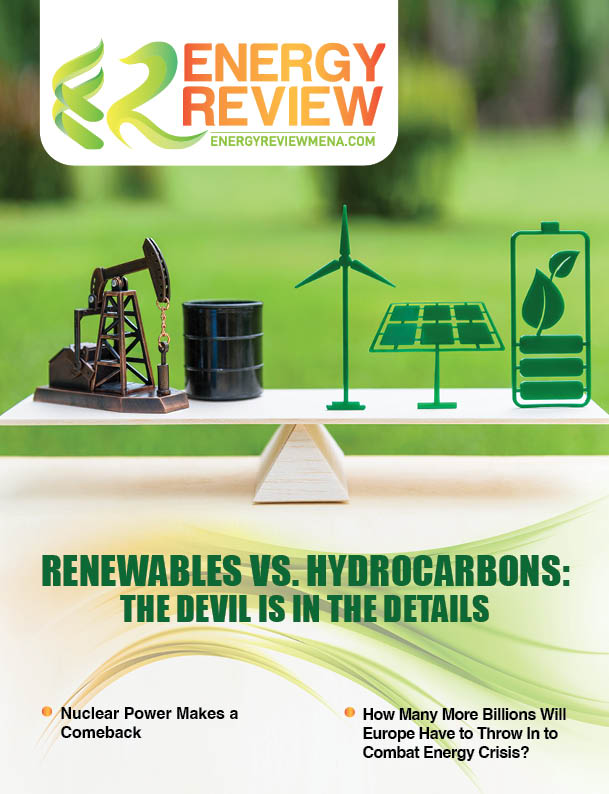The UAE has the foundations and competitive advantages to become one of the largest and lowest cost producers of low-carbon hydrogen in the world, according to a recently published report entitled ‘The United Arab Emirates’ Role in the Global Hydrogen Economy’, a state news agency has reported.
The report outlines the importance of hydrogen as a potential fuel of the future and the UAE’s strong position in leveraging existing assets at the forefront of the market. The report is authored by Dr. Julio Friedmann, a senior research scholar at the Centre on Global Energy Policy at Columbia University SIPA, and Robin Mills, CEO of Qamar Energy and a non-resident fellow at the Arab Gulf States Institute in Washington D.C.
Hydrogen is expected to play a critical role as an enabler of international decarbonisation and sustainable development strategies, and the global transition to lower carbon energy sources. It is predicted to account for as much as 18 percent of global energy demand by 2050, with over 30 countries having released hydrogen roadmaps and more than 228 large-scale projects underway across the hydrogen value chain, according to the Hydrogen Council. Tapping into this emerging demand represents a significant opportunity for global energy players.
In the UAE, ADNOC with its many announcements related to hydrogen and its carrier fuels, demonstrate that progress is already being made. Recently the company announced the sale of three blue ammonia cargos to customers in Japan as well as plans to develop a new one million tonne per annum blue ammonia plant at TA’ZIZ in Ruwais.
ADNOC currently produces about 300,000 mt/year of hydrogen for its downstream operations and plans to expand it to more than 500,000 mt/year. The national oil producer has struck a number of hydrogen agreements, including ones with Malaysia's Petronas and South Korea's GS Energy. ADNOC also plans to boost its capacity to capture CO2 from its own gas plants to 5 million mt/year of CO2 by 2030 from 800,000 mt/year at present.
The UAE is pursuing a balanced strategy covering both blue and green hydrogen, with blue hydrogen being easier to scale-up and is therefore crucial to supporting the growth of the emerging global market.
Blue hydrogen refers to hydrogen produced from natural gas with the associated carbon captured and stored underground; while green hydrogen refers to hydrogen made from the electrolysis of water with renewable electricity and minimal CO2 emissions. Blue hydrogen is currently lower cost and is considered an important step in the development of the low-carbon hydrogen economy; however, the cost of producing green hydrogen is expected to fall over time.
According to the report, the UAE has considerable natural advantages, in addition to its existing infrastructure and production capabilities for both types of hydrogen.
In conclusion, Dr. Friedmann and Mills highlighted that hydrogen has rapidly become an essential part of every major energy producing and consuming company and asserted that the UAE has made a strong start in establishing itself as an early-mover and leader in the emerging global hydrogen market.

